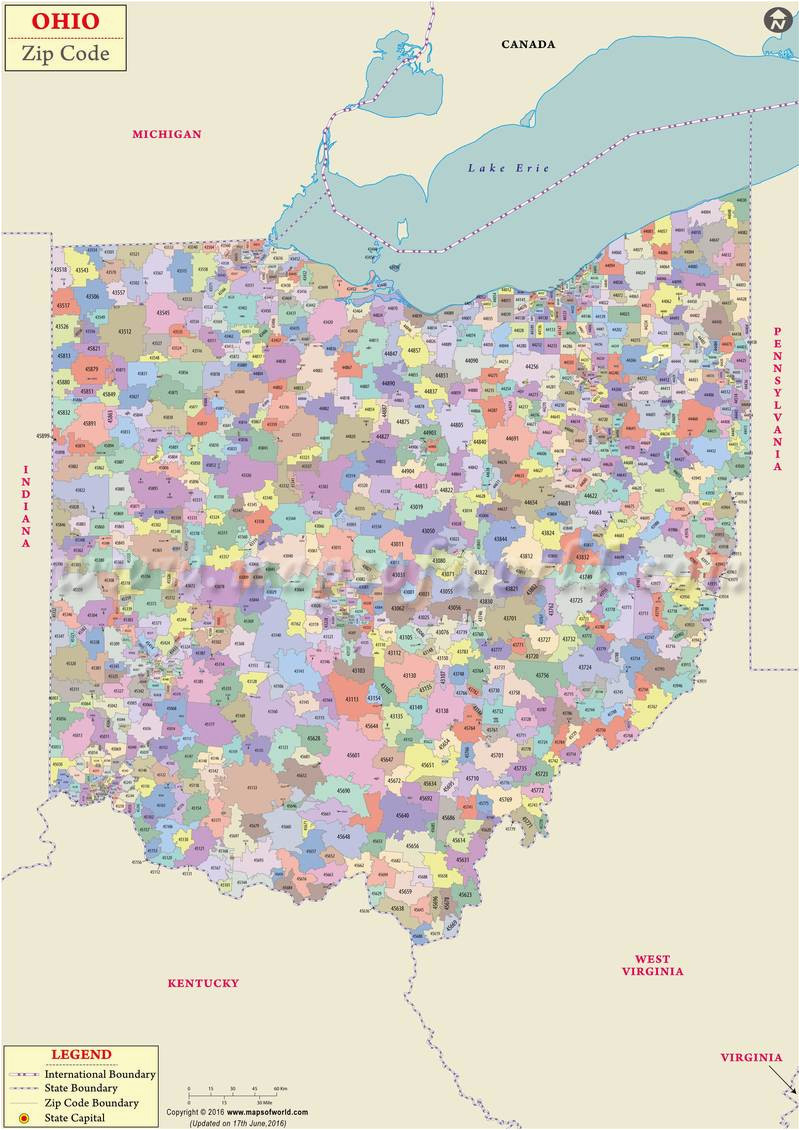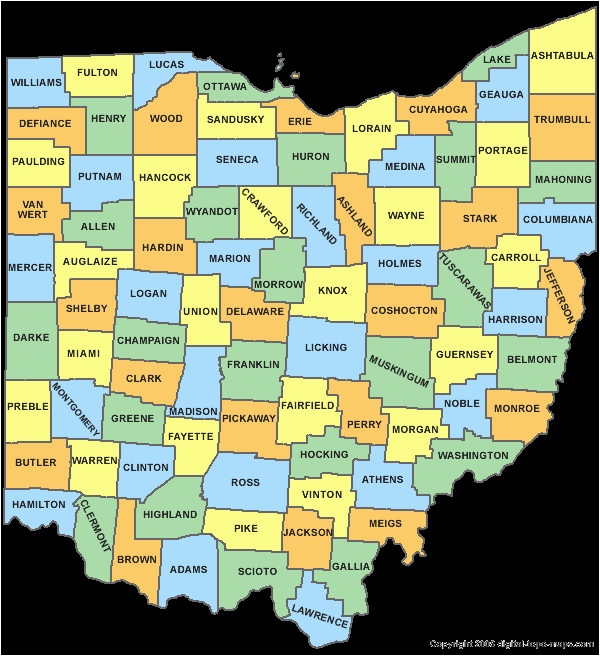Ohio County Snow Emergency Levels: What You Need To Know
Winter in Ohio is no joke, folks! When the snow starts falling, the state has a way of letting everyone know how serious things are getting. The Ohio County snow emergency levels are your lifeline during those icy, snowy days. Knowing what each level means can mean the difference between staying safe and getting stuck in a blizzard. So, buckle up and let’s dive into everything you need to know about these snow emergencies!
When the weather forecast starts sounding like a disaster movie, Ohio County’s snow emergency levels become your best friend. They’re like traffic lights for winter – red, yellow, green – but instead of cars, it’s about snow and safety. Understanding these levels is crucial if you want to avoid unnecessary trouble during harsh winters.
From level 1 to level 3, each snow emergency level has its own set of rules and implications. Whether you’re a local or just visiting, staying informed is key. So, grab a cup of hot cocoa, cozy up, and let’s break down what these snow emergency levels really mean for you and your community.
Read also:Wolfgang Van Halens Net Worth The Rockstars Journey And Financial Empire
What Are Ohio County Snow Emergency Levels?
Okay, so let’s get down to business. The Ohio County snow emergency levels are basically a system put in place by local authorities to manage snow-related emergencies. It’s like a game plan for when the snow gets out of control, and the roads start looking like an episode of Ice Road Truckers. The levels range from 1 to 3, and each one comes with specific instructions for drivers and residents.
This system isn’t just for show. It’s designed to keep people safe and ensure that emergency services can do their jobs without getting bogged down by reckless drivers. So, if you think you can just ignore the warnings and go about your day as usual, think again, buddy. These levels are enforced, and breaking the rules can lead to fines or worse – putting yourself and others in danger.
Why Are Snow Emergency Levels Important?
Here’s the deal: snow emergencies aren’t just about inconvenience. They’re about safety. When a snow emergency is declared, it means conditions are bad enough that normal driving isn’t safe. The levels help prioritize road clearing and emergency response efforts. It’s like a traffic cop for winter chaos, keeping everything in check so that essential services can still function.
For example, during a level 3 emergency, only emergency vehicles are allowed on the roads. That means if you’re out there trying to make a grocery run, you’re not just breaking the rules – you’re potentially putting lives at risk. So, yeah, snow emergency levels are a big deal, and ignoring them isn’t an option if you want to stay safe and avoid trouble.
Breaking Down the Snow Emergency Levels
Now that we’ve established why these levels matter, let’s take a closer look at what each one entails. From level 1 to level 3, each step ups the ante in terms of restrictions and consequences. Here’s a quick rundown:
Level 1: Drive Carefully
This is the "mildly inconvenient" level. At level 1, residents are advised to drive carefully due to snowy or icy road conditions. While there are no strict restrictions on driving, it’s a warning sign that things are getting dicey out there. Think of it as a gentle nudge from Mother Nature to slow down and pay attention.
Read also:Unlocking Success Your Ultimate Guide To Wwwtexasassessmentgovpracticetestshtml
Level 2: Only Essential Travel
At level 2, things start getting serious. Non-essential travel is discouraged, which means if you don’t absolutely have to be on the roads, you shouldn’t be. This level is often declared when snowfall is heavy, and road conditions are deteriorating rapidly. If you’re thinking about running errands or meeting up with friends, it’s time to rethink your plans.
Level 3: No Travel Permitted
This is where things get really intense. Level 3 means no travel is permitted unless it’s for emergencies. If you’re caught driving during a level 3 emergency, you could face fines or even arrest. The roads are closed to the public, and only emergency vehicles are allowed. It’s like a full-on winter lockdown, and for good reason – safety is the top priority.
How Are Snow Emergency Levels Declared?
So, how do these levels get declared in the first place? Well, it’s not just some random decision. Local authorities monitor weather conditions closely and assess the impact on road safety. Factors like snowfall intensity, wind speed, and temperature all play a role in determining which level to declare.
Once a decision is made, the information is broadcasted through various channels – news stations, social media, and even good old-fashioned sirens. It’s important to stay tuned to these updates, especially if you live in an area prone to heavy snowfall. Ignorance isn’t bliss in this case; it’s dangerous.
Who Makes the Call?
The decision to declare a snow emergency is typically made by local officials, often in consultation with meteorologists and emergency management teams. These folks have the expertise and authority to assess the situation and make the call. It’s not a decision they take lightly, trust me. They’re thinking about the safety of the entire community, not just individual convenience.
What Happens During a Snow Emergency?
During a snow emergency, things change pretty quickly. Depending on the level, different actions are taken to ensure safety and efficiency. Let’s break it down:
Road Clearing Operations
One of the main priorities during a snow emergency is clearing the roads. Crews work around the clock to plow and salt the streets, ensuring that essential routes remain passable. This is where the levels come into play – the higher the level, the more restricted the roads become, allowing crews to focus on key areas without interference from unnecessary traffic.
Emergency Services
Emergency services are on high alert during snow emergencies. They prioritize calls and ensure that help reaches those in need as quickly as possible. This is why it’s crucial for residents to follow the guidelines – fewer cars on the road means faster response times for firefighters, paramedics, and police officers.
Common Misconceptions About Snow Emergencies
There are a few myths floating around about snow emergencies that need to be cleared up. Let’s tackle some of the biggest ones:
- Myth: You Can Ignore Level 1 Warnings – Wrong! Even at level 1, conditions can be hazardous. It’s always better to err on the side of caution.
- Myth: Level 2 Only Applies to Certain Areas – Nope. Level 2 applies county-wide unless specified otherwise. Don’t assume you’re exempt just because you’re in a less populated area.
- Myth: Level 3 Means the Roads Are Closed Forever – Thankfully, not true. Level 3 restrictions are lifted as soon as conditions improve, so it’s not a permanent state.
Staying Prepared for Snow Emergencies
Being prepared is half the battle when it comes to snow emergencies. Here are a few tips to help you stay safe and comfortable:
Stock Up on Supplies
Make sure you have enough food, water, and medicine to last a few days. You never know how long a snow emergency might last, so it’s better to be prepared. Think of it as your own little winter survival kit.
Check Your Vehicle
If you absolutely have to drive, make sure your car is in top shape. Check your tires, brakes, and windshield wipers. Having an emergency kit in your car with blankets, snacks, and a flashlight is also a good idea.
Stay Informed
Keep an eye on local news and weather updates. Sign up for alerts if possible, so you’re always in the loop. Knowledge is power, especially when it comes to staying safe during a snow emergency.
Impact of Snow Emergencies on Daily Life
Snow emergencies can have a significant impact on daily life. Schools may close, businesses might shut down, and public transportation could be disrupted. It’s important to plan ahead and adjust your schedule accordingly. Flexibility is key during these times, and having a backup plan is always a good idea.
For families with kids, this might mean finding alternative childcare or arranging for virtual learning. For workers, it could mean working from home or taking a day off. Whatever the situation, staying adaptable will help you navigate the challenges of a snow emergency with ease.
Conclusion: Stay Safe, Stay Smart
To sum it up, Ohio County snow emergency levels are a vital tool for managing winter weather challenges. Whether it’s level 1, 2, or 3, each level comes with its own set of rules and responsibilities. By understanding what each level means and following the guidelines, you can help ensure the safety of yourself and your community.
So, the next time you hear about a snow emergency, don’t panic. Stay informed, stay prepared, and most importantly, stay safe. And hey, if you’ve got any tips or experiences to share, drop them in the comments below. Let’s help each other out and make it through these snowy seasons together!
Table of Contents
- What Are Ohio County Snow Emergency Levels?
- Why Are Snow Emergency Levels Important?
- Breaking Down the Snow Emergency Levels
- How Are Snow Emergency Levels Declared?
- Who Makes the Call?
- What Happens During a Snow Emergency?
- Road Clearing Operations
- Emergency Services
- Common Misconceptions About Snow Emergencies
- Staying Prepared for Snow Emergencies
- Impact of Snow Emergencies on Daily Life



